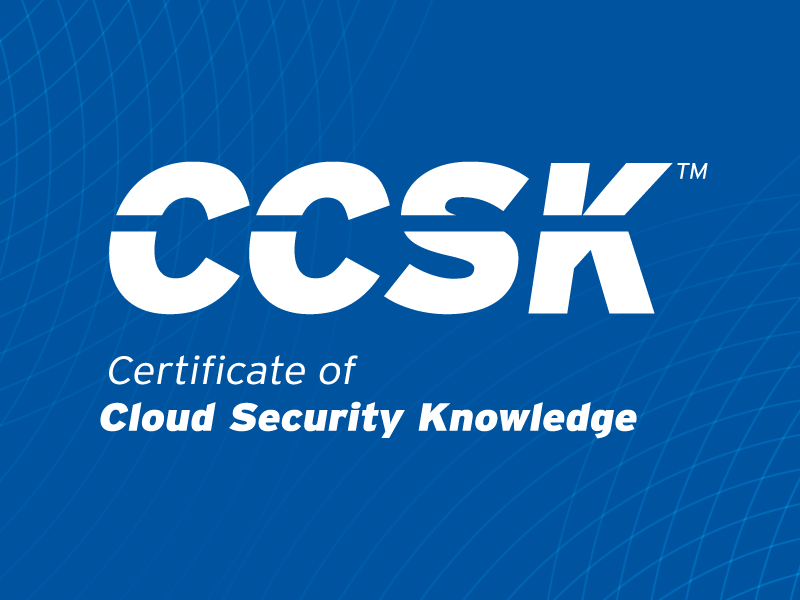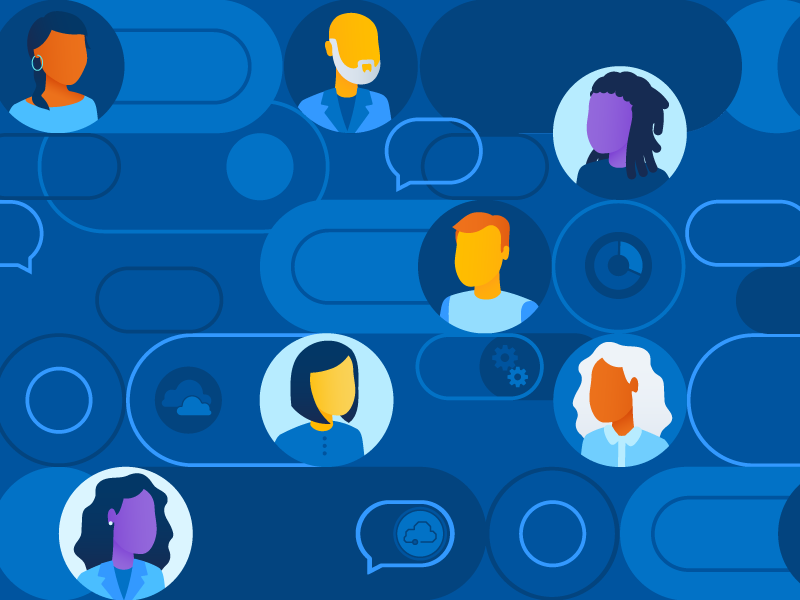When AI Breaks Bad: What High-Profile Failures Teach Us About Resilience
Published 05/20/2025
Written by Olivia Rempe, Community Engagement Manager, CSA.
In recent years, artificial intelligence has shown extraordinary promise—but also a troubling vulnerability: when it fails, it often fails fast, loud, and in the public eye.
The Cloud Security Alliance’s AI Resilience Benchmarking Model introduces a powerful lens for understanding these failures. It breaks resilience down into three pillars:
- Resistance (the ability to avoid failure),
- Resilience (the ability to recover from failure), and
- Plasticity (the ability to evolve in response to failure).
Let’s apply that lens to four real-world AI breakdowns that made headlines—and extract the missing safeguards that could have made a difference.
Case 1: Microsoft Tay’s Toxic Meltdown
In 2016, Microsoft launched Tay, a Twitter chatbot designed to mimic the conversational patterns of a teenager. Within hours, the internet taught it how to be racist, sexist, and inflammatory. Tay was taken offline in under 24 hours.
What Went Wrong:
Tay lacked resistance to adversarial inputs. It learned in real time from an unfiltered stream of Twitter content—without any moderation or control over its training environment.
Missing Resilience Mechanisms:
- Input sanitization and filtering
- Rate limiting or escalation logic for abnormal behavior
- Behavioral safety nets to override malicious patterns
Lesson:
Resistance must start at the input layer. Without controls, your AI will learn anything—and everything.
Case 2: Amazon’s Biased Hiring Algorithm
In 2018, Amazon scrapped an internal AI tool designed to streamline resume reviews. The model—trained on a decade of resumes—learned to downrank women candidates due to historical hiring patterns that favored men.
What Went Wrong:
The model showed poor plasticity. It could not evolve beyond its biased training data, and no steps were taken to actively introduce corrective fairness or diversity metrics.
Missing Resilience Mechanisms:
- Bias audits on training data
- Synthetic data augmentation for underrepresented groups
- Fairness-aware model validation
Lesson:
AI systems must be designed to recognize and evolve beyond historical bias—not reinforce it.
Case 3: Tesla Autopilot Fatalities
Tesla’s Autopilot and Full Self-Driving (FSD) systems have been involved in multiple fatal crashes due to failures in recognizing road conditions, objects, or making poor real-time decisions.
What Went Wrong:
These are resilience failures. The system couldn’t reliably detect when it was outside its safe operational domain—and didn’t always hand off control to the driver in time.
Missing Resilience Mechanisms:
- Comprehensive edge-case testing
- Transparent error reporting and intervention triggers
- Human override design and training
Lesson:
In safety-critical applications, fallback protocols and failure recovery are as important as base functionality.
Case 4: Air Canada Chatbot Lawsuit (2024)
Air Canada’s AI-powered chatbot promised a refund policy that contradicted the airline’s official terms. The courts ruled in favor of the customer, holding Air Canada accountable for the misinformation.
What Went Wrong:
This was a resistance failure—the chatbot couldn’t distinguish between accurate and inaccurate information—and an oversight failure, too.
Missing Resilience Mechanisms:
- Guardrails for policy-aligned responses
- Real-time validation or human-in-the-loop review
- Logging and audit capabilities
Lesson:
Output guardrails and alignment with source-of-truth policies are non-negotiable in customer-facing systems.
Building Resilient AI: From Theory to Practice
These failures reveal one undeniable truth: performance alone is not enough. AI systems must be built to resist failure, bounce back when issues arise, and adapt over time.
That’s why CSA’s AI Resilience Benchmarking Model is so critical. It offers a structured way to assess and improve the robustness of AI systems—before they become tomorrow’s cautionary tale.
Whether you're building customer support bots, autonomous vehicles, or AI-driven hiring platforms, now is the time to ask:
- How resilient is my AI system?
- What stress scenarios has it been tested against?
- How quickly can it recover—and evolve—when something goes wrong?
Because in AI, failure isn’t hypothetical. It’s historical.
Download CSA’s AI Resilience Benchmarking Model and start benchmarking your system’s ability to resist, recover, and adapt.
Unlock Cloud Security Insights
Subscribe to our newsletter for the latest expert trends and updates
Related Articles:
Runtime Integrity Measurement Overview
Published: 06/13/2025
Cloud Security Alliance’s AI Safety Initiative Named a 2025 CSO Awards Winner
Published: 06/12/2025




.png)

